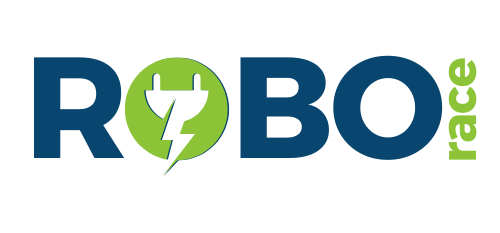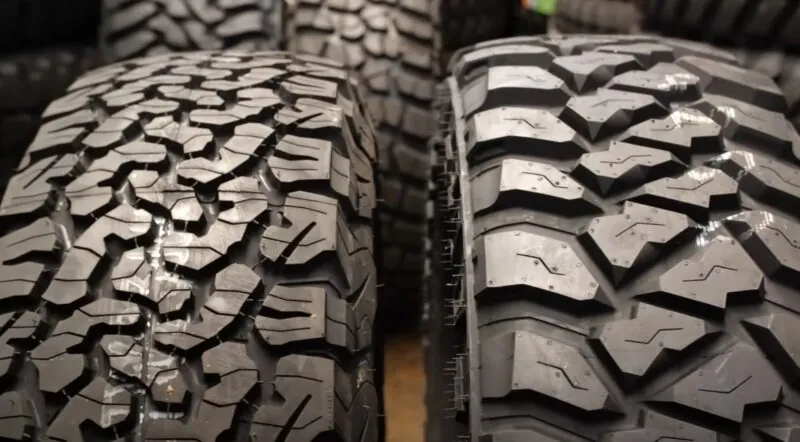
Share Post:
When it comes to tires, we often focus on brand, tread pattern, or price. But have you ever stopped to think about what those numbers on the sidewall really mean?
Specifically, the difference between 265 and 285 tires. The numbers sound small, but they have a much bigger impact on your vehicle than you might think.
It’s not just a question of size; it’s about performance, fuel efficiency, handling, and even how your vehicle looks.
So, let’s take a closer look at 265 vs. 285 tires, and why choosing one over the other can make a significant difference in how your vehicle drives.
Table of Contents
ToggleA Quick Comparison
| Feature | 265 Tires | 285 Tires |
| Width | 265 mm | 285 mm (20 mm wider than 265) |
| Handling | Lighter, quicker steering | Heavier steering, more stable |
| Performance | Better for city driving and quick acceleration | Better for high-speed cornering, wet conditions |
| Off-Road Capability | Moderate, suitable for light off-roading | Excellent, ideal for heavy off-road use |
| Towing Capacity | Lower load capacity | Higher load capacity, better for towing |
| Fuel Efficiency | More fuel-efficient, less rolling resistance | Lower fuel efficiency, more rolling resistance |
| Braking | Performs well in snow, longer stopping distances | Shorter stopping distances, better dry braking |
| Stability | More stable in snow | More stable on dry or uneven terrain |
| Aesthetic | Sleek, practical appearance | Aggressive, rugged look |
| Cost | Less expensive overall | More expensive, higher installation/maintenance costs |
| Vehicle Type | Ideal for smaller SUVs, daily drivers | Ideal for larger trucks/SUVs, off-road enthusiasts |
The Width
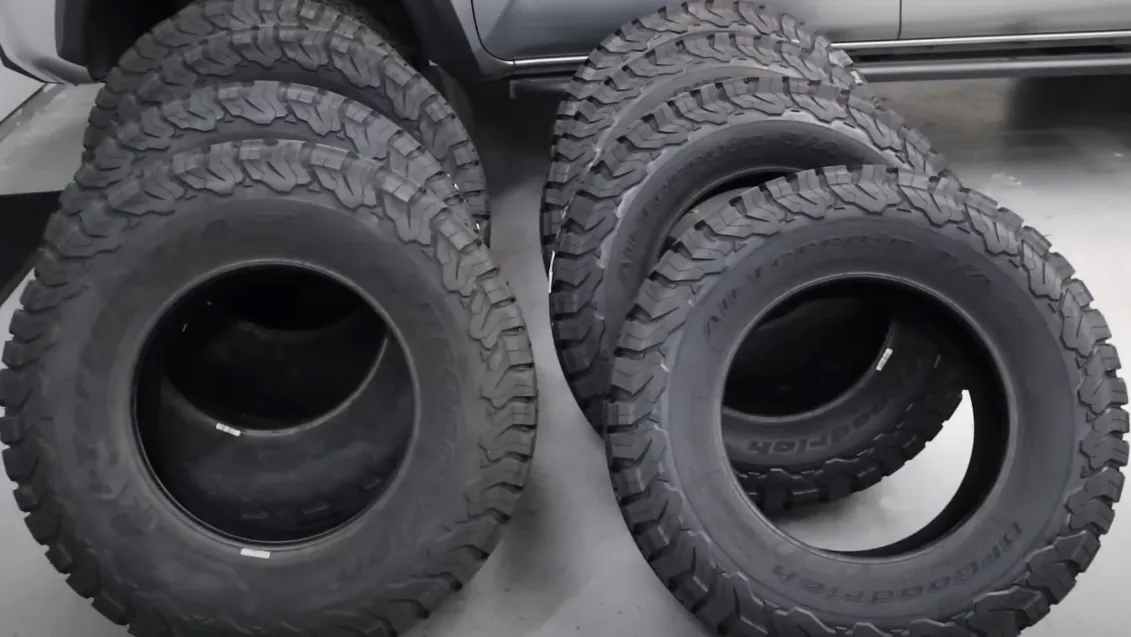
First off, let’s tackle the numbers. When you see 265 or 285, it’s all about width, measured in millimeters. So, a 265 tire is 265 mm wide, while a 285 tire stretches out 20 mm wider. It is the same case with 225 and 235 tires.
Now, that may not sound like a game-changer, but that width plays a massive role in how the tire performs on the road (or off it).
- 265 Tires: Narrower, lighter, and typically less resistant when rolling. This makes them a great choice for day-to-day driving, especially in urban environments.
- 285 Tires: Wider, providing a larger footprint, which gives you better traction, stability, and off-road capabilities, but at the expense of fuel efficiency.
Handling and Performance
@todo4x4_ 255-85/16 Toyo MT #fyp #4×4 #oldmanemu ♬ sonido original – Todo4x4_
Now, let’s talk about how those numbers translate into how the vehicle handles. If you’re like me, you know that the way your car or truck feels on the road matters—a lot.
That’s where 265 vs. 285 tires show their real differences.
265 Tires (Lighter, Easier to Steer)
With a narrower width, 265 tires tend to be lighter. That means they offer less rolling resistance, which is a fancy way of saying your vehicle doesn’t have to work as hard to keep them moving.
This translates into quicker acceleration and, in some cases, better maneuverability. Plus, when you’re driving in city traffic, that lighter feel can make all the difference in weaving through tight spaces.
285 Tires (All About Traction and Stability)
On the flip side, the 285 tires give you a wider footprint on the road. More surface area means more grip, and this can be a lifesaver when cornering at high speeds or when you need extra traction in wet or slippery conditions.
The downside? That extra width can make steering feel heavier, which isn’t always ideal for casual city driving.
Off-Road Adventures and Towing
If you’re someone who loves a good off-road adventure or needs to tow a heavy load, 285 tires are likely calling your name. Their wider surface area provides a better grip on loose or uneven terrain—think mud, snow, or sand.
And if you’re towing something hefty, their higher load capacity makes them a solid choice for handling the extra weight. That doesn’t mean 265 tires can’t handle a little dirt.
But if you’re mostly sticking to paved roads and aren’t hauling heavy loads, the narrower 265 tires will be more than enough. They’ll keep you comfy during your daily commute and help save a bit on gas or electric battery while they’re at it.
Fuel Efficiency
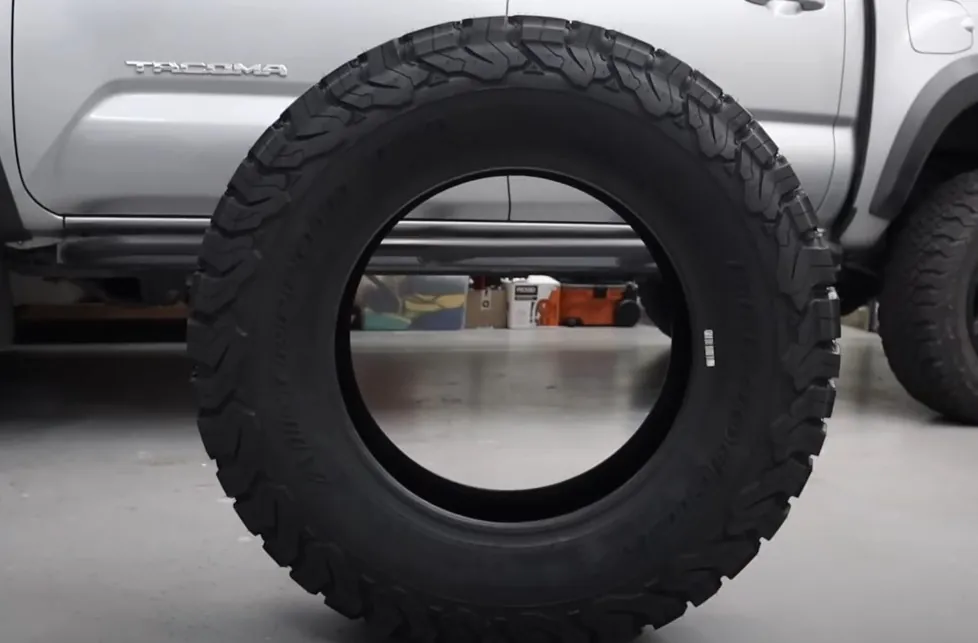
Ah, the trade-off we all wish we didn’t have to make: performance vs. fuel efficiency. One of the biggest differences between 265 and 285 tires comes down to how much gas you’re going to burn getting from point A to point B.
If you’re looking to upgrade beyond tire choice, consider pairing your new setup with forged magnesium wheels for even greater performance gains. They reduce rotational mass, improve acceleration and braking, and even boost fuel economy by up to 15%. These wheels offer race-proven strength and lightness. For the ultimate in performance styling, check out forged magnesium wheels.
265 Tires
Because 265 tires are narrower and lighter, they create less friction (or rolling resistance) on the road. Less friction means your engine doesn’t have to work as hard to maintain speed, which leads to better fuel economy. Just make sure to change your coolant regularly.
If you’re driving in the city or logging a lot of highway miles, 265 tires can save you a few dollars at the pump.
285 Tires
That extra width on 285 tires means more resistance, which means more fuel consumption. So, while you’re getting that sweet extra traction and stability, you’re going to pay for it in gas.
If you’re into off-roading or you need the added stability for towing, it’s a fair trade. But if fuel efficiency is a top priority, it’s something to consider.
Braking and Stability
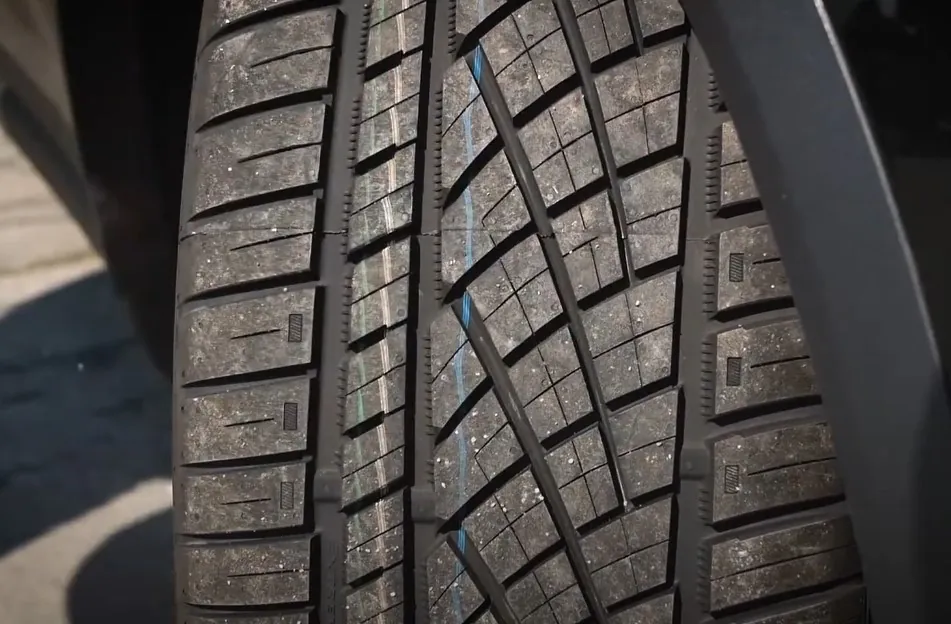
Let’s talk about stopping because safety is always at the forefront. A wider tire can have a positive effect on braking performance, but the environment you’re driving in matters, too.
When you’re running on 285 tires, the larger surface area helps distribute braking force more evenly. This can lead to shorter stopping distances, especially in dry conditions.
It’s one of the reasons why larger vehicles, or those geared toward performance, often come with wider tires—they provide that extra grip when you need to slam on the brakes.
But here’s the kicker: narrower tires like the 265s might actually perform better in certain situations, like snow.
Their ability to “cut through” snow and slush can provide better linear traction, making them a solid choice if you live in a place with harsh winters.
Aesthetic Appeal
Not everyone chooses tires based purely on performance. Sometimes, it’s about how your vehicle looks. For those who want a more rugged, aggressive appearance—especially on trucks or SUVs—285 tires have a clear edge.
There’s no denying that 285 tires can give your vehicle a beefier, more off-road-ready look. They stand taller and wider, adding to that “I’m ready for anything” vibe.
If you’re someone who likes to make a statement on the road, or you just love the aesthetic of a bigger tire, 285s are probably more your style. On the other hand, 265 tires offer a more balanced, practical look.
They don’t scream “off-roader,” but they don’t have to. They still offer enough capability for most drivers while maintaining a sleek profile that doesn’t feel oversized or too aggressive for daily driving.
Cost Considerations

Of course, there’s also the financial aspect. Larger tires typically come with a higher price tag.
Not only do 285 tires cost more upfront, but they may also wear out faster if you’re pushing them to their limits, especially under heavy loads or off-road conditions.
- 265 Tires: More affordable upfront and over time, with longer-lasting tread life for most everyday drivers.
- 285 Tires: Pricier, but you’re paying for the added performance, off-road capability, and aesthetics.
And don’t forget about installation costs. Larger tires might require adjustments to your suspension or alignment, adding to the overall cost.
Choosing the Right Tire for Your Vehicle
So, how do you decide between 265 and 285 tires? It really comes down to what you need from your vehicle, like when choosing between 275 and 295 tires.
- Daily drivers who prioritize fuel efficiency and quick handling in city environments will appreciate the 265 tires for their lighter feel and better gas mileage.
- Off-road enthusiasts or drivers towing heavy loads will benefit from the extra traction, stability, and load-bearing capabilities of the 285 tires.
- If you’re all about looks, and you want that bold, aggressive stance for your truck or SUV, 285 tires will give your vehicle the appearance you’re after.
At the end of the day, there’s no one-size-fits-all answer. It’s about your driving habits, your vehicle, and what matters most to you—performance, fuel efficiency, or aesthetics.
Related Posts:
- Difference Between 275 and 295 Tires – The Only…
- Difference Between 225 and 235 Tires – Easily Find…
- Difference Between Prius C 1 2 3 4 - Which One is…
- How to Choose the Right Tires for Your EV - Complete Guide
- Hatchback vs. Sedan - Pros, Cons, and Which One to…
- 13 Reasons to Choose a Level 2 Charger Over Level 1 in 2025

